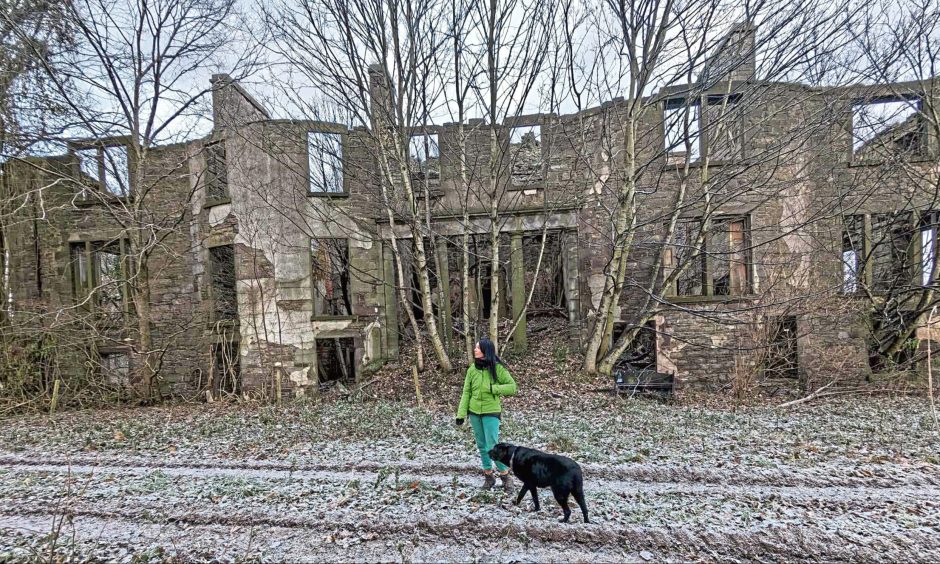
Abandoned in the 1950s, Kincaldrum House is in a rather sorry state, as it succumbs to rot and decay and slowly crumbles away.
Winter, perhaps, is the best time to explore the once-majestic mansion, should you dare.
Trees surrounding it have been stripped of leaves, and vegetation, growing abundantly in and around it during summer, has died down.
The skeletal ruin lies around four miles from Forfar, down a muddy farm track – good luck finding it.
The house dates from the early 19th Century, although it’s thought to incorporate an earlier dwelling.
It was sold after the Second World War, apparently on the bizarre condition that it was never to be lived in again.
Deteriorated badly
In 1953, there was a sale of fixtures and fittings, and since then, it’s deteriorated badly. Its roof was stripped of lead and later removed, which then led to the collapse of the interior.
At one point, a tenant farmer turned the ruin into an egg-laying enterprise, with locals affectionately naming it ‘Leghorn Hotel’.
A rusting barbed wire fence runs round the perimeter, and if you fancy heading in for an explore, do so at your own risk.
I popped in for a peek recently, having read of lavish parties being held here long ago. I even came across a Courier article from 1908 detailing a “large and fashionable gathering” of the “gentry of Forfarshire”, with a pageant hosted by Mr and Mrs Baxter.
There are various ways of accessing the ruin, but I attempted to enter via the grand entrance.
Hidden under foliage and rubble lie the remains of a stunning stone staircase, and a line of impressive Doric-style columns still stand proud.
Buckled metal and rotting timber
It’s not possible to progress beyond the doors that gape open at the top of the stairs, however. The floor falls away to nothing, and I find myself peering down into the lower levels of the building, with buckled metal, rotting timbers, and giant tree trunks protruding through walls.
Instead, I enter via a ground-level window, being careful not to catch myself on loose masonry or the prickles of rambling briars.
It’s not a safe place to be. Decaying timbers, wooden panelling and shutters hang on by threads, and I don’t doubt that crumbling masonry could crash down on my head at any moment.
There’s the remains of an old stone staircase, too – but there’s very little keeping it in place.
Looking up, I notice magnificent fireplaces with no rooms to heat (they’ve crashed to the ground), and doors hanging suspended in mid-air.
Remnants of servants’ bells
Fascinatingly, remnants of the servants’ bell system are still in evidence – as bits of wire and coiled metal attached to strips of wood.
There’s also a strange room shaped rather like a tunnel, what appears to be a set of shelves, and a metal pipe which feeds down to the floor is surely an ash-collector.
The ‘secret room’
I spot something very strange – let’s call it ‘the secret room’. This room, unless you have a stepladder, is seemingly impossible to reach. It’s a floor up, and identified by a locked metal door…
Other quirky features include wine, or food, cellars, a series of blue doors, and the remains of stunning plasterwork.
Outside, I find a toppled-over trolley. Could this have been used to transport guests’ luggage?
In an outbuilding, I spot what’s possibly the old generator control panel for the house.
Majestic house in its heyday
Built around 1800, the house had three floors in its heyday. There were 16 bedrooms, five huge public rooms, plus billiard, smoking and servants’ rooms.
A map from 1926 shows a fish pond and a boathouse – neither can be seen today.
However, the property’s walled garden remains, and there’s a rhododendron-lined ‘ladies walk’ that runs down to the Kerbet burn.
Owned by the Earls of Angus
Long ago, the lands of Kincaldrum formed part of the vast possessions of the Earls of Angus.
Between the 14th and 17th centuries, they passed through various families, eventually falling to the Bower family, who remained there for most of the 18th Century.
In 1853, Dundee merchant Edward Baxter bought Kincaldrum from the Graham family and it was his descendants who occupied it latterly – until it was bought by a tenant farmer.
Kincaldrum House – if not the house that stands today but one on, or very near, the site – was also the former home of Jacobite veteran Alexander Bower of Meathie who met a tragic end here.
Jacobite history
He returned home from Spain partly to look after his estates and to watch in secret for the landing of Prince Charles Edward.
After the defeat at Culloden he returned to Kincaldrum. Now a fugitive and fearing capture by the redcoats, he hid in the Sidlaw Hills.
Only under cover of darkness was Bower able to return to the house for supper with his wife.
One night the house was attacked by dragoons. Bower tried to fight with an iron poker, felling a few soldiers, but having suffered a severe wound himself, he was taken hostage.
Malicious plan
The next day he was to be taken to Perth– but a malicious plan had been hatched for the journey.
His long hair was woven into a horse’s tail and he was dragged for two miles. The injuries proved fatal, and he died almost immediately after being lodged in Perth jail. The story goes that his wife, on seeing his ravaged body, died on the spot.
Interestingly, there’s a silver plaque at Perth’s Salutation Hotel – once occupied by Bonnie Prince Charlie) – in tribute to Bower.
It relates to his trial and states: “The only charge that could be brought against him was that he had worn a white cockade in his bonnet and had been seen shaking hands with Prince Charles Edward at the Salutation Inn in Perth.”
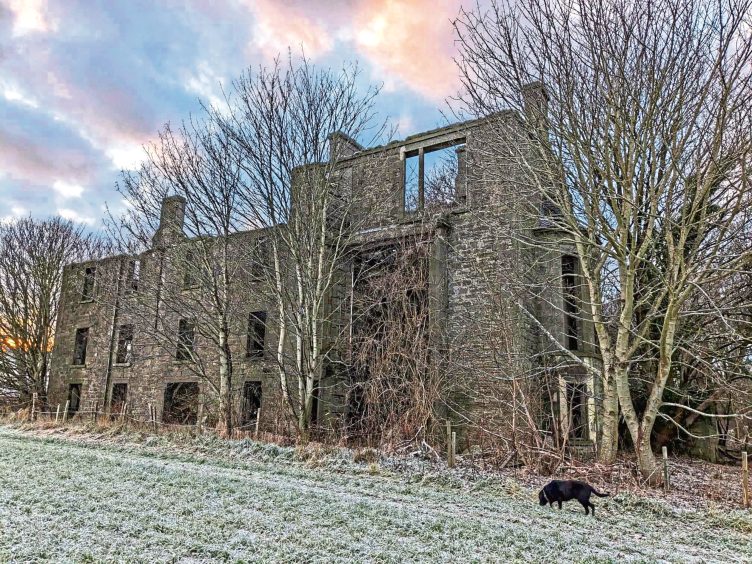

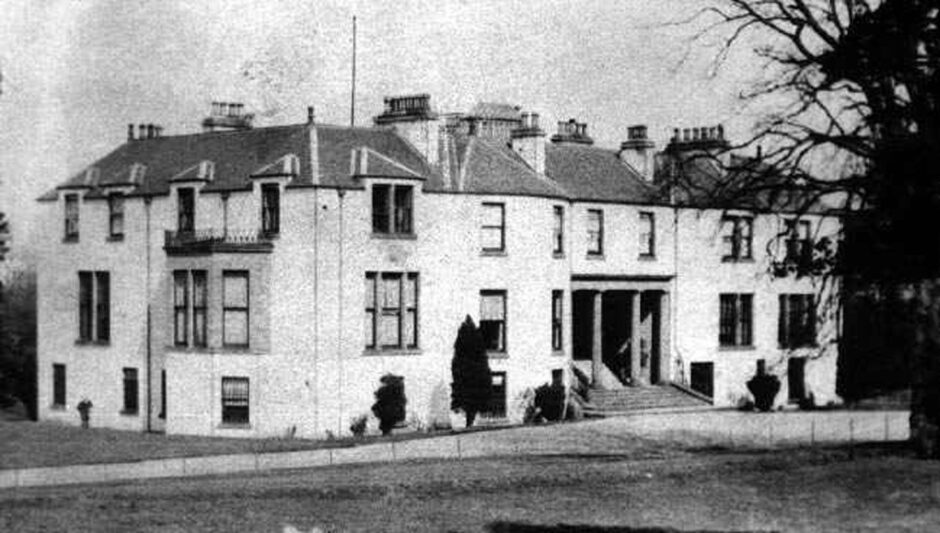
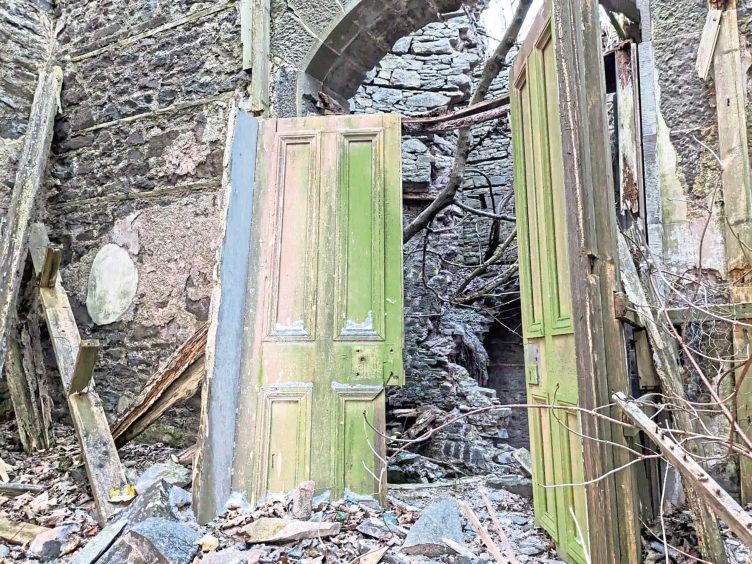




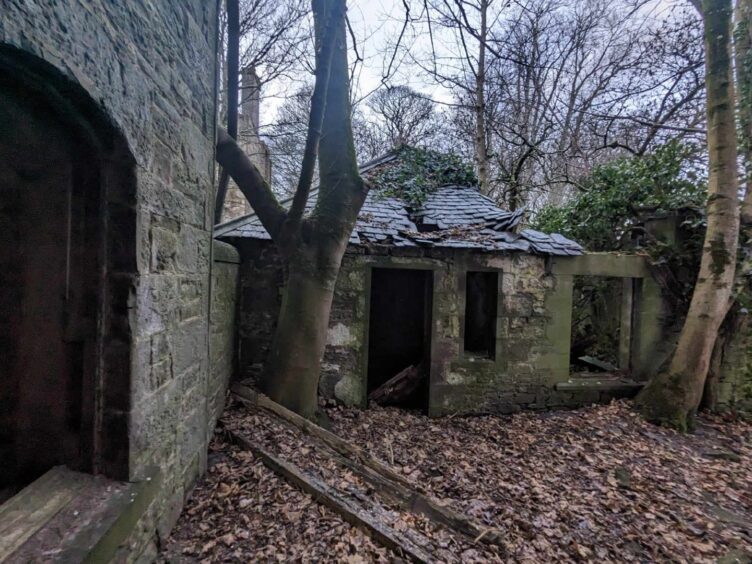
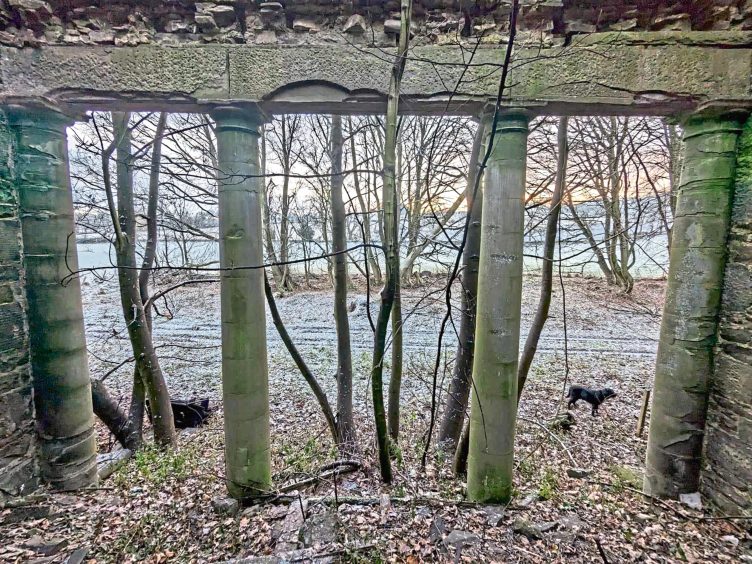


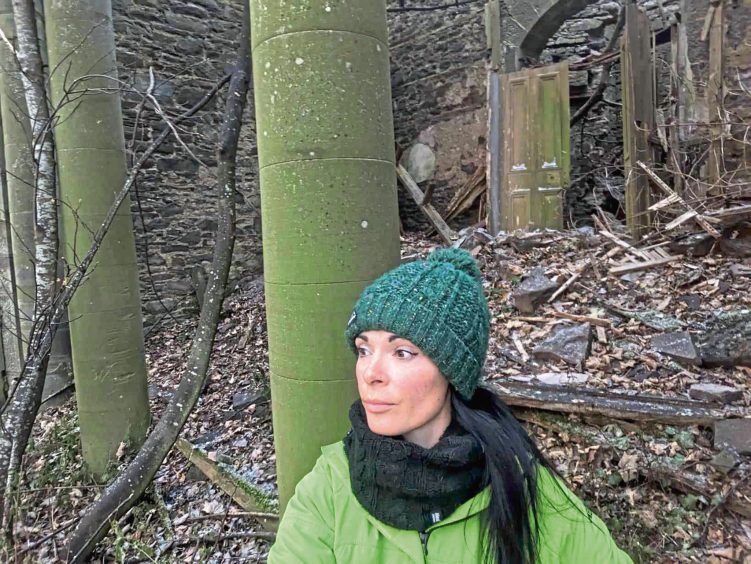
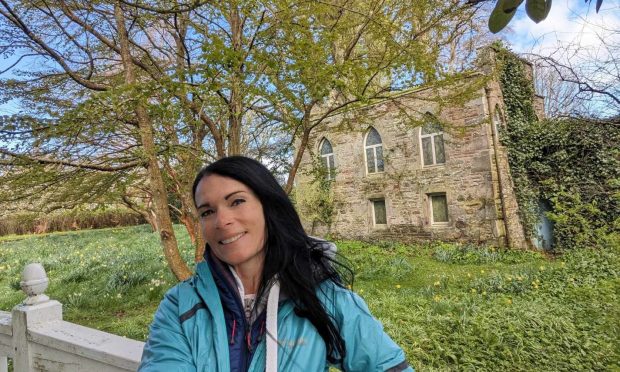









Conversation